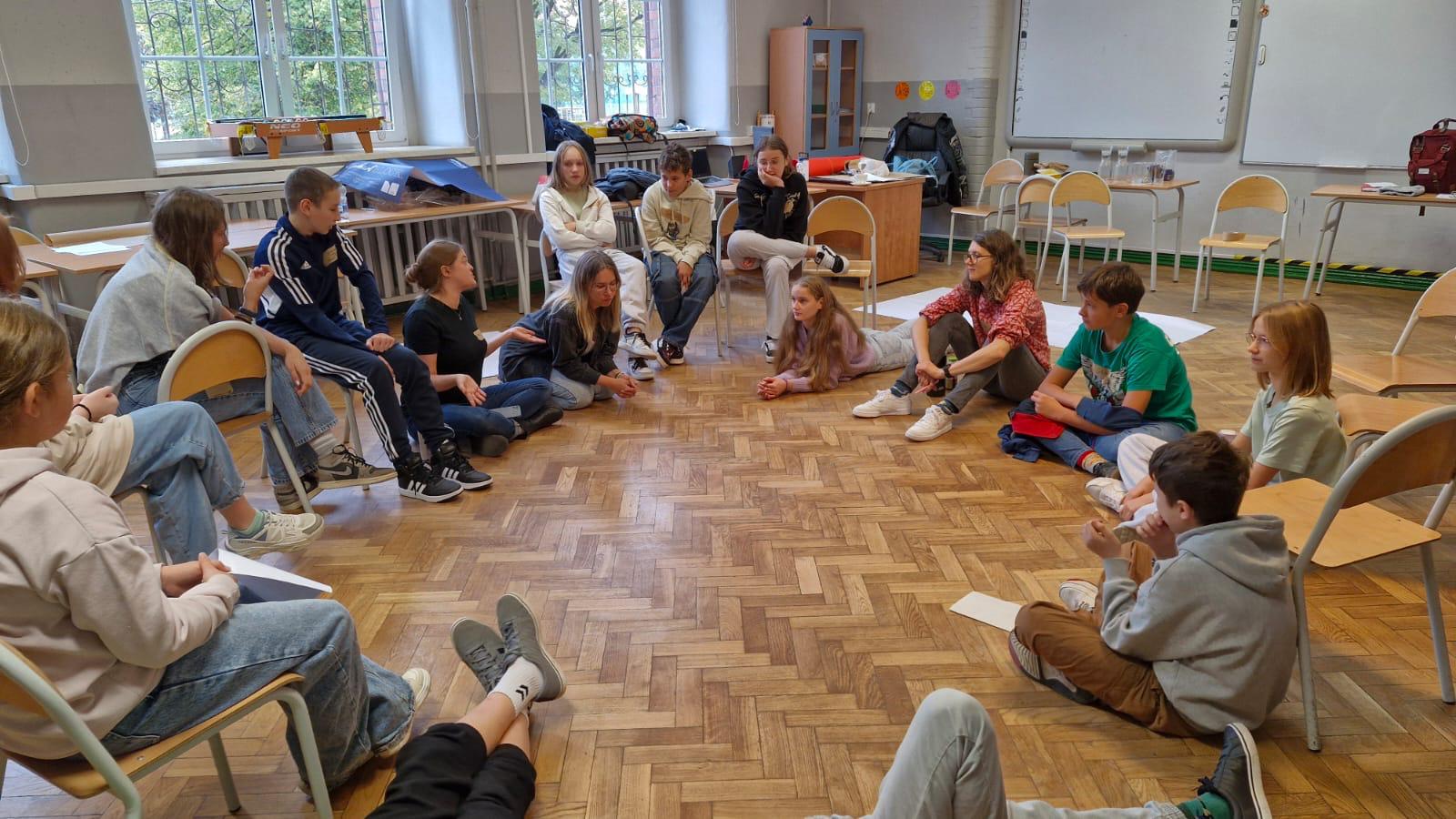The Role of Human Rights Education in Amplifying Children’s Voices
Justyna Kuzar-Dembele, Katarzyna Salejko

Freedom of expression is the right that demands special safeguarding for children because, unlike adults, they are often not seen as fully capable of forming or expressing valid opinions. Their voices are frequently dismissed by parents, teachers, and policymakers, limiting their ability to influence decisions that affect them. Additionally, children face numerous obstacles, such as censorship, lack of access to platforms for expression, and societal norms that prioritize obedience over independent thought. In many cases, fear of punishment or not being taken seriously discourages them from speaking out, making it crucial to actively protect and promote their right to be heard.
Empowering children to exercise their right to freedom of expression is a fundamental aspect of human rights education. Human rights education empowers individuals with the knowledge, skills, and values necessary to uphold and advocate for their own rights and the rights of others. By integrating human rights principles into children’s education—both the formal learning they receive at school and the informal experiences they encounter daily on playgrounds, in community centers, and while pursuing their hobbies.
Encouraging children to voice their opinions and engage in peaceful protest not only supports their personal development but also leads to more informed decision-making and strengthens societal structures. Globally, young individuals are actively advocating for causes such as climate justice and racial equality, demonstrating the profound impact of recognizing and supporting children’s freedom of expression.
How can school activities empower children to express their right to freedom of self-expression? In Amnesty International we believe there is value in the power of showcasing concrete examples of young people who have used their voices to advocate for causes that matter to them.
We draw inspiration from the book Know Your Rights (And Claim Them)by Amnesty International, Geraldine Van Bueren and Angelina Jolie. The book aims to ensure that all teenagers, regardless of who they are or where they live, understand and can assert their rights. We select examples from the book that resonate thematically with the children we work with, such as:
– A 12-year-old indigenous Australian who became the youngest person to address the Human Rights Council and the UN Committee on the Rights of the Child. Among other things, he spoke about the kind of schools his community needs.
– A group of girls from Glasgow who started a petition urging the authorities, to allow their friend and her mother, refugees from Kosovo, to remain in the country.
– 13 years-old girl who organized a march against the racist and sexist policies of a high school in Pretoria. Together with other students she amplified their protest through social media.
Starting with real examples of child activists makes the topic more accessible, engaging and inspiring. However is taking action alone enough? It is crucial to explore with children what makes their voices stronger, clearer, and more persuasive. One way to introduce this discussion is through a visual exercise: drawing a figure and adding elements necessary for effective action. Children often recognise that they need a fundamental understanding of their rights as a reference point, courage, a strategic plan, a compelling idea, and, most importantly, a supportive community. It is the community that provides encouragement, shares responsibilities, offers assistance, and amplifies voices. Helping children recognize these elements equips them with the tools to begin claiming their rights. It is also worthwhile to create a set of ideas with young people on how they can practice exercising their right to freedom of expression. Such as organizing an action at your school, forming a group of students to act and support each other in learning about their rights, or joining an already organized bigger action (for example Write4Rigts organized every year by Amnesty International all over the world).
We believe that only after introducing real, inspiring stories, co-creating practical for action, and ideas on how claim their rights should the children be introduced to legal documents such as the Convention on the Rights of the Child or student rights policies. Before presenting such documents, it is essential that children first understand their relevance and see them as meaningful tools for driving change.
